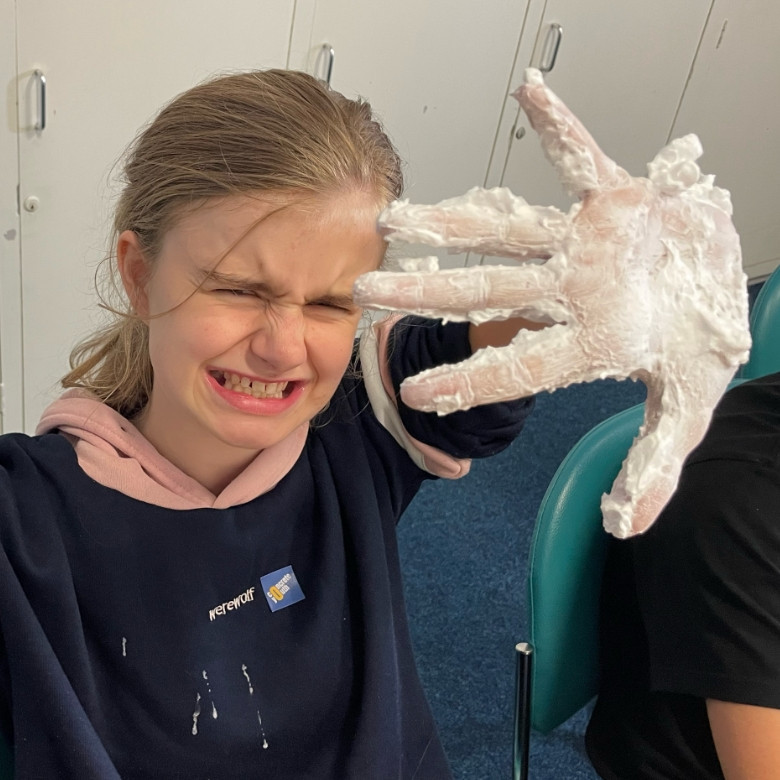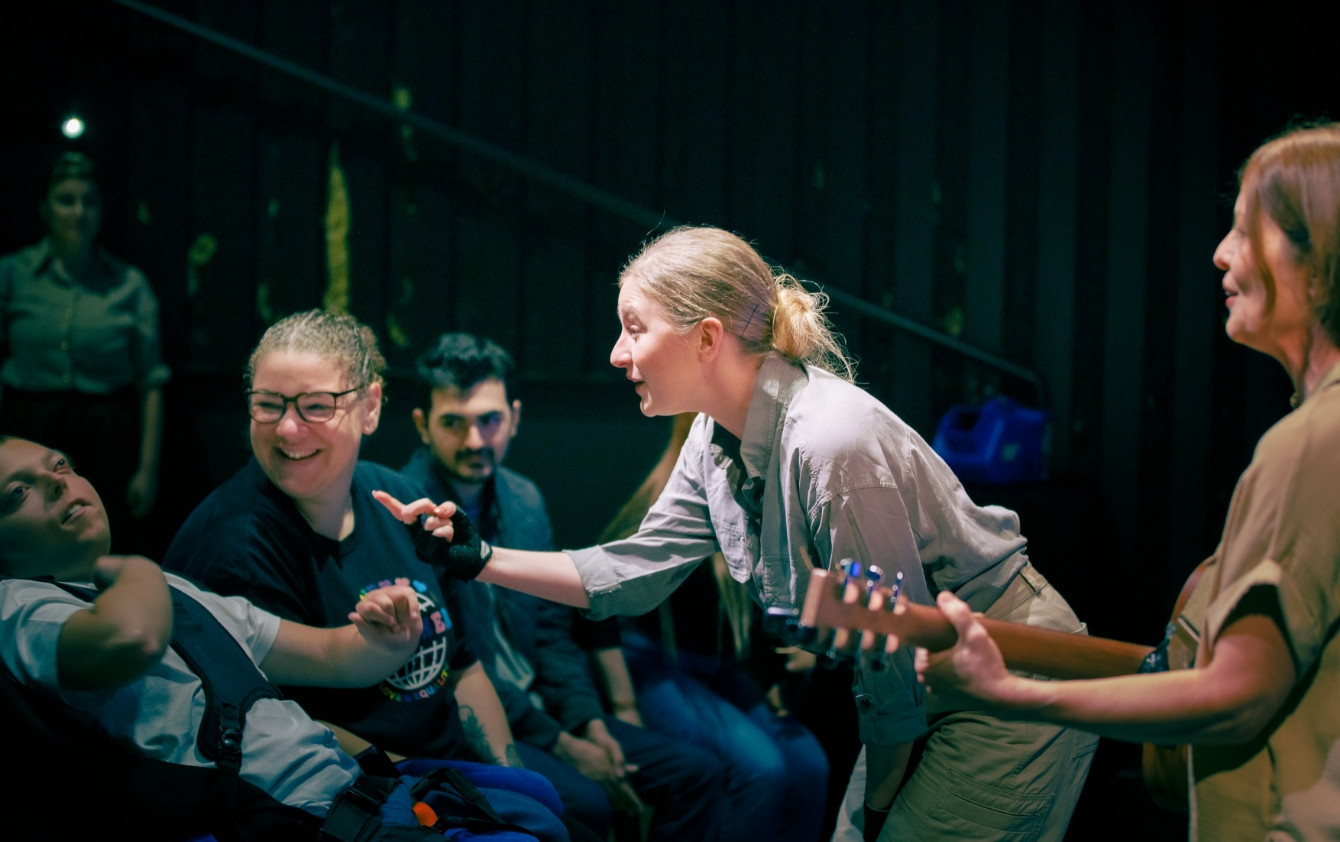

About Us
Who are our audience?
Educate yourself on the audience that we Concrete Youth is centred around.


Individuals, both children and adults labelled with profound and multiple learning disabilities typically face a combination of challenges, the most prominent being a profound learning disability. Communication can pose a significant challenge for this demographic. In addition to profound learning disabilities, many individuals may experience supplementary sensory or physical disabilities, complex healthcare requirements, or mental ill health. The interplay of these challenges and/or insufficient support can also influence behaviour. Certain individuals, such as those diagnosed with Autism or Down syndrome, may also be labelled with profound and multiple learning disabilities. Given these circumstances, individuals in this category require extensive support across various aspects of daily life.
Effective communication for individuals with profound and multiple learning disabilities often hinges on interpreting facial expressions, vocalisations, body language, and behavioural cues. While some may utilise limited formal communication methods like speech, symbols, or signs, others may not have progressed to intentional communication and rely on others to interpret their responses to stimuli. Understanding verbal communication from others can be challenging for most individuals in this group, with some heavily relying on contextual cues, such as those provided by routine events. It is imperative for caregivers and support personnel to invest time in understanding the communication methods of individuals with profound and multiple learning disabilities and to develop effective strategies for interaction.




At Concrete Youth, we are deeply committed to representing our audiences with care, respect, and clarity. We describe our audience as people labelled with profound and multiple learning disabilities. While we acknowledge that this terminology is rooted in the medical model of disability – a model we would much prefer to move away from – we also recognise the practical challenges this presents in a marketing context. The term "labelled with profound and multiple learning disabilities" remains the most instantly recognisable description for the parents, carers, and professionals who engage with our work. Although this label does not fully align with our values rooted in the social model of disability, its use helps to ensure that the people for whom our productions are created are reached and recognised.
As a research-led organisation, we embed the latest thinking into all areas of our practice, including the language we use. Our decision to use the phrase “labelled with” is grounded in the understanding that the terminology used to describe this group is often applied without their input. As Brigg (2013) notes, this population is being labelled by others and is not afforded the opportunity to choose the language that represents them — a reality we aim to acknowledge and address in our practice. In 2025, we also made the decision to remove abbreviations when referring to our audience. The commonly used acronym “PMLD” reduces individuals to four letters. As Grace, 2025 states: "I opt never to shorten it; it is a description, not a definition, and as such should take up space, as the people whom it denotes should take up space in our thoughts and in our lives." This guiding principle informs all our communications and continues to shape our approach as we strive to honour the dignity and humanity of the people we support.